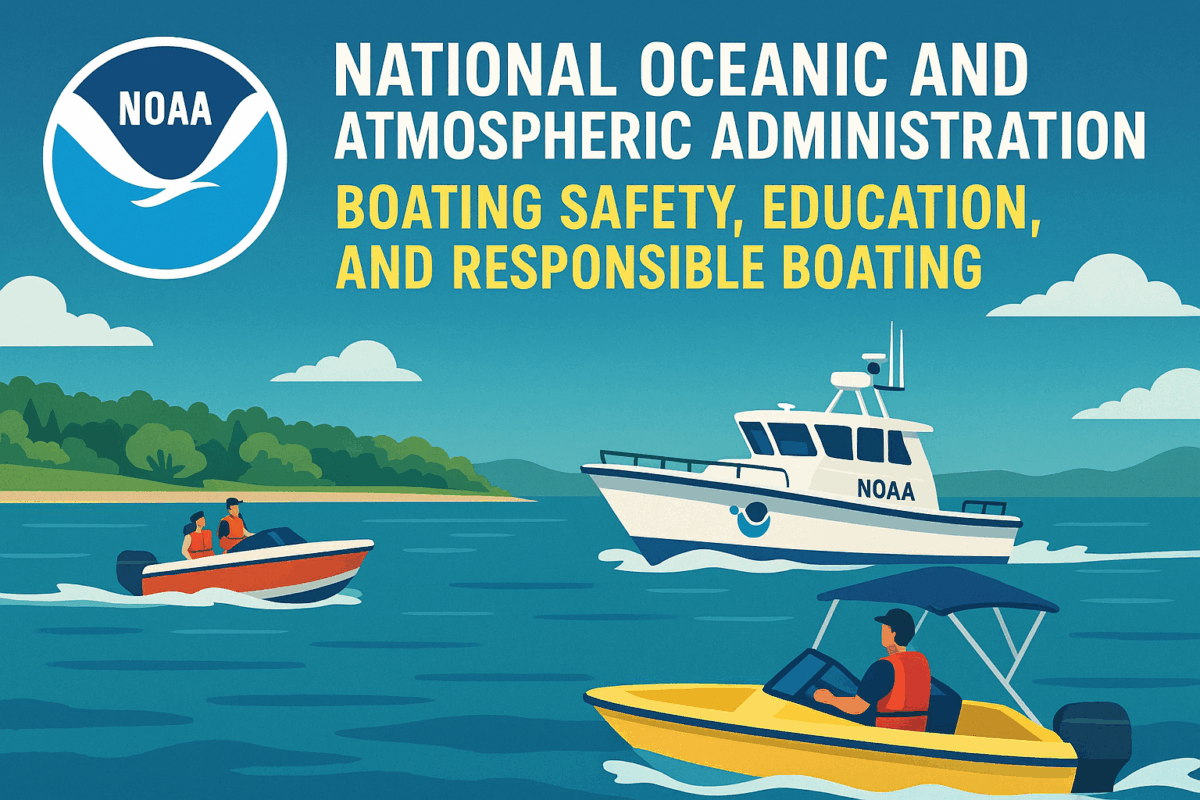Call: 1-800-832-7191

NASBLA BLA Organizations
NASBLA BLA Organizations Strengthen Boating Safety Nationwide
NASBLA BLA Organizations play a vital role in shaping recreational boating safety across the United States. These groups include one independent association and two regional caucuses: the Northern Caucus, Southern Caucus, and WSBAA. Each organization supports state Boating Law Administrators (BLAs) by promoting collaboration, policy development, and enforcement consistency. Because boating laws vary by state, these organizations help unify standards and improve safety outcomes. Their work influences model acts, resolutions, and national boating education programs.nasbla
Regional Caucuses Promote Cooperation and Policy Alignment
The Northern and Southern Caucuses provide forums for BLAs to share experiences and solve mutual challenges. These groups encourage interstate cooperation and foster relationships with federal agencies. Because regional issues often require tailored solutions, caucuses help states address specific boating concerns. Members discuss enforcement strategies, legislative updates, and emerging safety trends. Through regular meetings and shared resources, caucuses improve communication and policy alignment. This collaboration leads to more effective boating law enforcement.
WSBAA Supports Western States and Safety Innovation
The Western States Boating Administrators Association (WSBAA) serves BLAs in western regions. WSBAA promotes uniformity in boating laws and supports innovative safety initiatives. Members exchange ideas, review model legislation, and coordinate training programs. Because western waterways present unique challenges, WSBAA helps states adapt policies to local conditions. The association also hosts annual conferences to strengthen professional development. These events provide valuable networking opportunities and highlight new approaches to boating safety.
Why NASBLA BLA Organizations Matter
NASBLA BLA Organizations ensure consistent, effective boating safety across diverse jurisdictions. They help BLAs implement best practices, improve education programs, and enforce laws fairly. Because boating safety depends on cooperation, these organizations play a critical role. Their efforts reduce accidents, enhance public awareness, and support responsible recreation. NASBLA continues to work closely with BLA Organizations to advance national safety goals. Together, they protect lives and promote safe boating for all.
